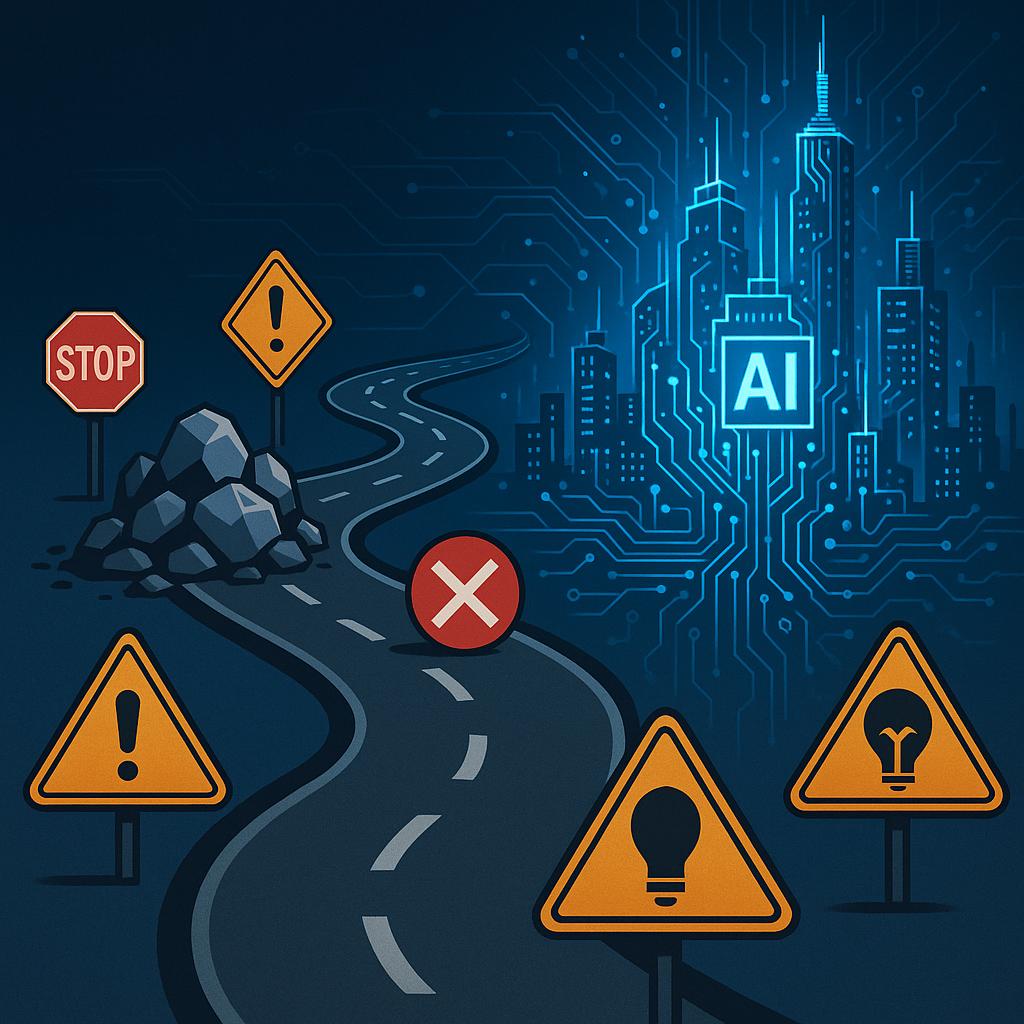Following the setbacks and growing skepticism of the late 1970s, also known as “AI winter”, artificial intelligence research experienced a notable resurgence in the 1980s. This revival was largely fueled by the emergence of expert systems – AI programs designed to replicate the decision-making abilities of human specialists within specific domains.
Expert systems such as MYCIN (for medical diagnosis) and XCON (for computer configuration) demonstrated that AI could deliver tangible value, provided its scope was narrowly defined. These systems were built around sets of inference rules derived from human expertise, and computers could make recommendations, troubleshoot problems, or provide diagnoses with surprising reliability.
The promise of expert systems attracted renewed investment from both government and industry. Academic research flourished as well, producing innovations in knowledge representation, reasoning under uncertainty, and the design of user-friendly interfaces.
Global Initiatives, Limitations, and Lasting Impact
Japan’s Fifth Generation Computer Systems project and similar large-scale initiatives in Europe and the United States further boosted the field’s visibility and resources. For a time, expert systems were widely adopted in finance, manufacturing, and healthcare, and AI conferences drew record attendance.
However, limitations soon became evident. Expert systems required extensive manual input, struggled with ambiguous or incomplete information, and were difficult to scale or adapt as domains evolved. Their “brittleness” and lack of learning from new data meant their impact was significant but ultimately limited.
Despite these challenges, the era of expert systems was crucial: it demonstrated practical use cases for AI, advanced research on knowledge-based systems, and set the stage for the next wave of innovation.
Second AI Winter: Funding Cuts and Lost Confidence
As the commercial interest in artificial intelligence surged in the 1980s, many believed expert systems and other AI applications would revolutionize industries. However, when these technologies failed to live up to heightened expectations, a period of disillusionment began in the late 1980s and early 1990s – commonly referred to as the “second AI winter.”
The causes of this downturn were several. Many expert systems proved costly to maintain, difficult to update, and inflexible in new or complex situations.
Funding agencies and businesses that had previously been enthusiastic about AI became increasingly frustrated as promises failed to materialize. As a result, investment and support for AI research again declined.
The Slowdown of AI Research and Persistent Innovators
The widespread disappointment led to companies shutting down their AI divisions or shifting focus away from artificial intelligence. Leading computer manufacturers, including Digital Equipment Corporation and IBM, scaled back or dissolved their dedicated AI projects.
During this time, media coverage often emphasized failures rather than progress. Articles highlighted the shortcomings of machine translation and expert systems, reinforcing skepticism from the public and industry alike.
The momentum that had once driven AI research slowed considerably, and many projects were either abandoned or drastically scaled back.
Yet, even in these lean years, a small group persisted, quietly preparing future breakthroughs.
Machine Learning and Neural Networks: Shifting Paradigms
When symbolic, rule-based AI programs hit their limits, researchers like Geoffrey Hinton and Yann LeCun were exploring better ways to build flexible, more capable systems. Early AI depended on programmers encoding logic and knowledge as rules, but this didn’t handle messy real-world problems or the sheer volume of information needed for tasks like vision or language.
As funding dried up and optimism faded, some in the field turned to new ideas rooted in learning from data rather than explicit instructions.
John Hopfield and David Rumelhart helped revive interest in neural networks, which modeled simple “neurons” inspired by the brain. These networks finally proved capable of handling more complex patterns.
The approach showed promise in areas like speech and image recognition. Growth in computer power and cheaper hardware also made it feasible to train larger models on much more data.
Machine Learning Expansion
Machine learning methods expanded in the 1990s and 2000s, merging ideas from computer science, statistics and optimization. New techniques like support vector machines (Vladimir Vapnik) and decision trees (Ross Quinlan) appeared, helping AI find patterns in data that were impossible to hard-code.
The shift from symbolic AI to statistical learning allowed progress on real-world problems, including handwriting recognition, natural language processing, and recommendation systems.
Trailblazers who kept experimenting with learning algorithms nudged the field beyond the old rule-based mindset, opening doors for advances in machine learning and eventually deep learning.
Big Data, GPUs, and the Deep Learning Boom
The rapid progress in artificial intelligence throughout the 21st century owes much to the convergence of big data, powerful graphics processing units (GPUs), and advances in deep learning. As organizations and individuals began generating massive volumes of digital information, AI researchers recognized that more sophisticated algorithms alone were not enough. Access to abundant, well-labeled data became essential for training accurate models.
At the same time, GPUs (originally developed for rendering graphics in video games and creative applications) were championed for AI use by researchers such as Andrew Ng. They proved to be remarkably well-suited for the parallel computations required in neural network training. Unlike traditional CPUs, which handled tasks sequentially, GPUs could process thousands of operations in parallel.
The deep learning boom quickly transformed a wide range of fields. Speech recognition, natural language processing, computer vision, and even creative generation of text and media saw dramatic improvements. Industry and academia alike doubled down on building larger models, collecting ever-more data, and refining GPU-powered training techniques.
Ultimately, the synergy between big data, GPUs, and deep learning laid the foundation for today’s most advanced AI systems.
Breakthroughs: ImageNet and AlphaGo
The early 2010s were a turning point in artificial intelligence, as breakthroughs across image recognition and games signaled that AI was entering a new era of practical success.
One of the most influential achievements came in 2012 with the ImageNet Large Scale Visual Recognition Challenge. Researchers developed a deep convolutional neural network known as AlexNet, which achieved a dramatic leap in accuracy for image classification. This victory, enabled by access to large datasets and powerful GPUs, convinced the AI community that deep learning could solve problems once thought unreachable.
In 2016, Google DeepMind’s AlphaGo defeated world champion Lee Sedol at the game of Go – a feat considered a grand challenge for AI. AlphaGo’s approach combined deep neural networks with advanced reinforcement learning and tree search, showing that AI could master highly complex, intuitive games. This win marked a new appreciation for the strategic capabilities of machine learning systems.
Summary
| Time Period | Key Innovations & Events | Impact & Outcome |
|---|---|---|
| Late 1970s | “AI Winter”: Growing skepticism, decreased funding, optimism fades. | AI research contracts, field enters period of reduced support. |
| 1980s | Rise of expert systems (MYCIN, XCON); renewed investment from industry and government; major national projects (Japan’s Fifth Generation Computer). | Proved value of AI in narrow domains; drove global interest, exposed limitations in scalability and flexibility. |
| Late 1980s – Early 1990s | Second “AI Winter”: Failing expert systems; AI divisions close or shift focus; negative media attention. | Major decline in funding and commercial interest; research slowdown; many projects abandoned. |
| 1990s – 2000s | Emergence of machine learning and neural networks (Hopfield, Rumelhart, Hinton, LeCun, Vapnik, Quinlan); improved hardware enables larger models. | Progress in speech/image recognition, language processing, real-world AI applications grow. |
| 2000s – 2010s | Big data, advances in deep learning, GPUs used for AI training; industry-scale neural networks; breakthroughs like AlexNet and AlphaGo. | Dramatic boosts in AI performance for vision, language, and games; deep learning becomes central to AI research. |



